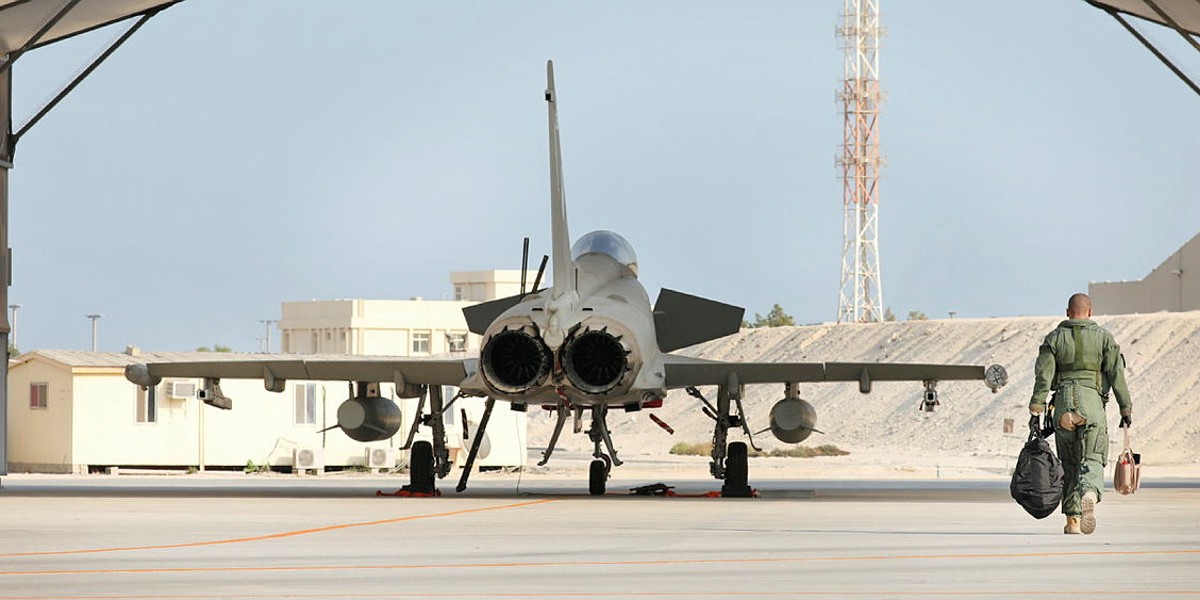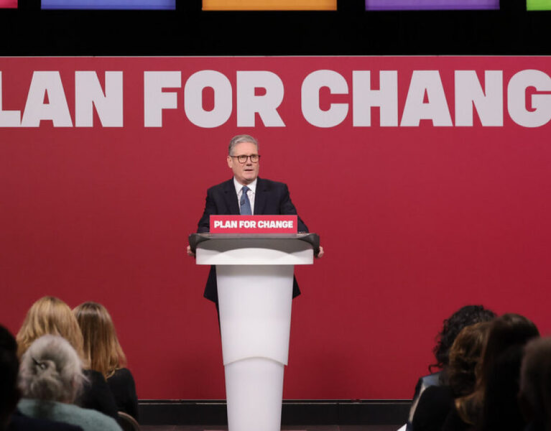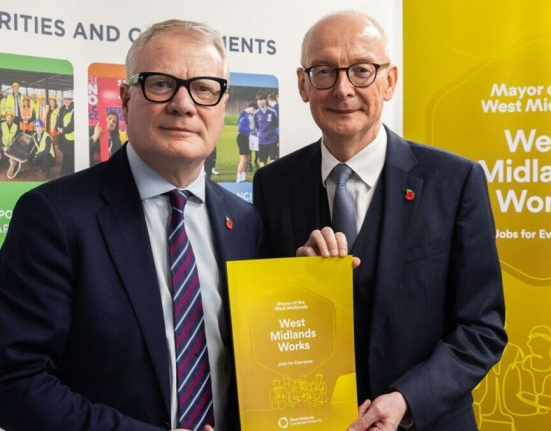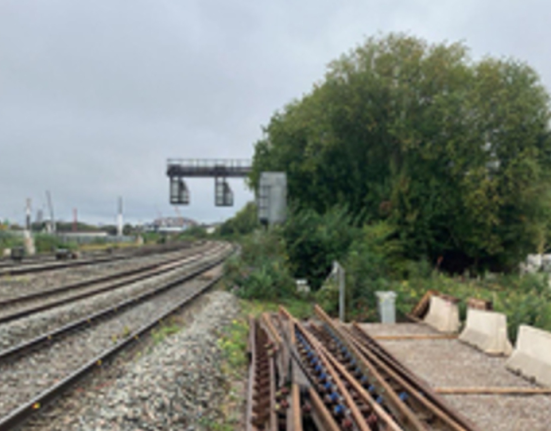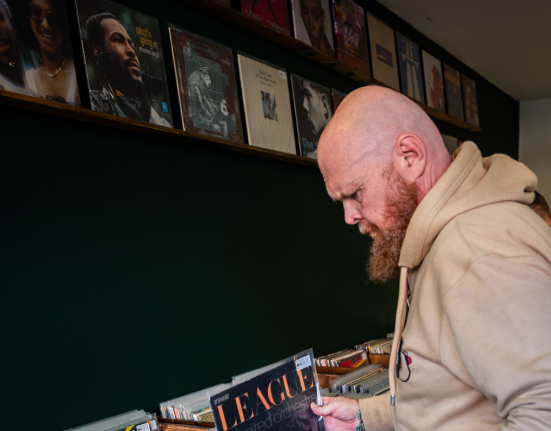Agile, integrated, ready
Air Chief Marshal Harv Smyth used his first keynote as Chief of the Air Staff at DSEI to set out a brisk re-armament agenda for the Royal Air Force, promising to make it “more agile, more integrated, more ready” to “fly and fight – today, tomorrow and together.”
Framing 2025 as the most perilous period of his 35-year career, Smyth said the RAF would match a world of “multiple and multiplying threats” with sharper readiness, tighter alliance integration and faster adoption of new technology.
NATO first, home resilient
Guided by the recent Strategic Defence Review (SDR), Smyth said his immediate priorities were a NATO-first posture, renewed focus on homeland defence and resilience, and building a digitally enabled Integrated Force with the Army and Royal Navy. He linked the government’s higher defence spending and new Defence Industrial Strategy to a shift from a “peace dividend” to a “defence dividend”, casting the UK as a prospective “defence industrial superpower”.
Nuclear role returns
In his most eye-catching announcement, Smyth confirmed the reintroduction of an RAF sub-strategic nuclear role. The UK will procure F-35A aircraft to join NATO’s Dual-Capable Aircraft (DCA) mission, restoring a rung on Britain’s escalation ladder absent for nearly three decades. He warned that rebuilding the Service’s “nuclear IQ” at pace would be essential and welcomed support from allied air forces already operating DCA capabilities.
Missiles, radars and control
Smyth placed Integrated Air and Missile Defence (IAMD) at the heart of RAF tasks, evoking Dowding’s Battle of Britain system as the template for a modern, multi-domain, multinational shield. Near-term effort will integrate what already exists – command and control, “sense and warn” networks and fighter defence – while upgrading ground and airborne sensors. The new E-7 Wedgetail will provide a core airborne node within a distributed radar and space-enabled picture. He welcomed up to £1 billion for homeland air and missile defence announced in the SDR and said the RAF would act as Lead Command for delivery with industry and allies.
Space as keystone
Returning to his roots as the MOD’s inaugural Director Space, Smyth called space “the keystone” of deterrence and the integrated force. He noted UK Space Command has declared initial operating capability with its first LEO ISR satellite, the starting point for the UK’s independent ISTARI constellation to feed a new digital targeting web. With roughly 20% of the UK economy underpinned by space services, he argued for sovereign and allied assured access, investment in Space Control and Decision Advantage, and signalled the need for a UK Space Defence Centre and credible counter-space capabilities.
People first, tech fast
While championing uncrewed systems, AI and autonomy – alongside collaborative combat aircraft and the GCAP future fighter – Smyth cautioned against being “seduced” by shiny programmes at the expense of people, infrastructure and enablers, which determine readiness in the real world. He promised a revamped fighter pilot training pipeline and tighter industry partnerships to “accelerate and hone our combat edge”.
Clear message to adversaries
Citing the public display of new weaponry by authoritarian rivals and the proliferation risk it implies, Smyth said potential adversaries are “approaching a sprint” while Western industrial bases remain too peaceful in tempo. The RAF, he insisted, will not squander time: “Our swords must be in our hands,” he concluded – an appeal for sober vigilance and swift delivery to ensure the UK and NATO retain control of the air and space in any future fight.

